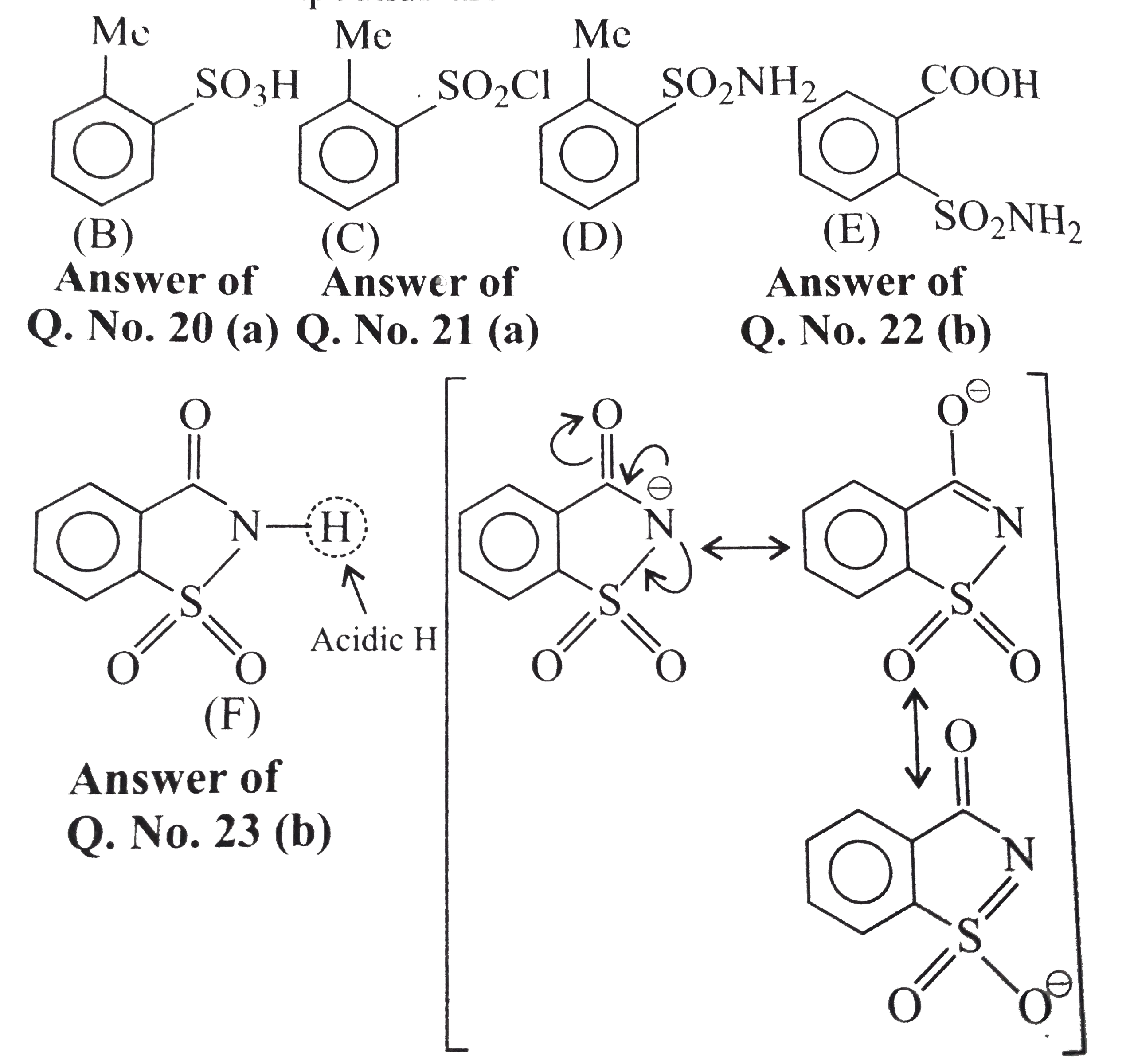
Compound is :



Both (a) and ( c)
The correct Answer is:A
(a)  .
.
Topper's Solved these Questions
- BOOK - CENGAGE CHEMISTRY ENGLISHCHAPTER - CARBOXYLIC ACIDS AND THEIR DERIVATIVESEXERCISE - Exercises (Multiple Correct)34videos
CARBOXYLIC ACIDS AND THEIR DERIVATIVES
- BOOK - CENGAGE CHEMISTRY ENGLISHCHAPTER - CARBOXYLIC ACIDS AND THEIR DERIVATIVESEXERCISE - Exercises (Singlecorrect)64videos
CARBOXYLIC ACIDS AND THEIR DERIVATIVES
- BOOK - CENGAGE CHEMISTRY ENGLISHCHAPTER - CARBOXYLIC ACIDS AND THEIR DERIVATIVESEXERCISE - Exercises (Subjective)19videos
CARBOXYLIC ACIDS AND THEIR DERIVATIVES
- BOOK - CENGAGE CHEMISTRY ENGLISHCHAPTER - BIOMOLECULESEXERCISE - Exercises Archives (Analytical And Descriptive)8videos
BIOMOLECULES
- BOOK - CENGAGE CHEMISTRY ENGLISHCHAPTER - CHEMICAL KINETICSEXERCISE - Archives Subjective23videos
CHEMICAL KINETICS
Similar Questions
Knowledge Check
- Question 1 - Select One

Find structure of compound B :A B
B C
C D
D
- Question 2 - Select One
The correct structure for compound B will be :
 A
A B
B C
C D
D
Reduction of hexose A (molecular formula C6H12O6) with sodium borohydride gives compound B and C. Compound B is optically inactive, whereas compound C is optically active. Which of the following is compound A?
View Solution
What is compound (B) and how is it formed ?View SolutionA compound (A) is formed by the reaction of ethylene with bromine which on reacting with aqueous KOH gives a compound (B). The compound (B) can also be prepared by the reaction of ethylene with the following:
View SolutionThe compound (A) in the previous question is further hydrolysed in dilute acidic medium to give compounds (B) and (C). The compounds (B) and (C) are :
View Solution
Compound (B) and (D) are, respectively :View Solution
Compounds (B) and (C) are :View Solution


